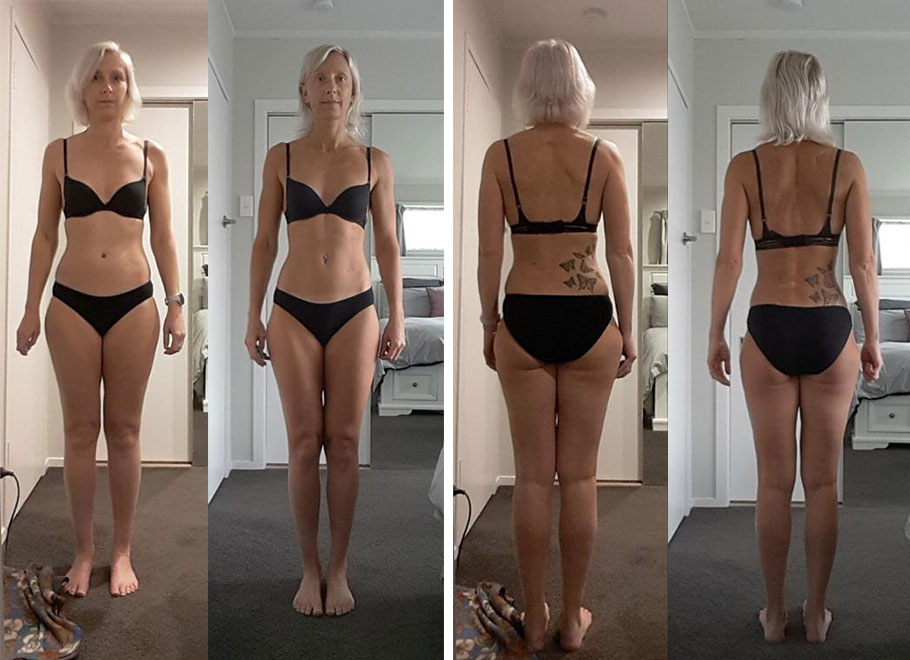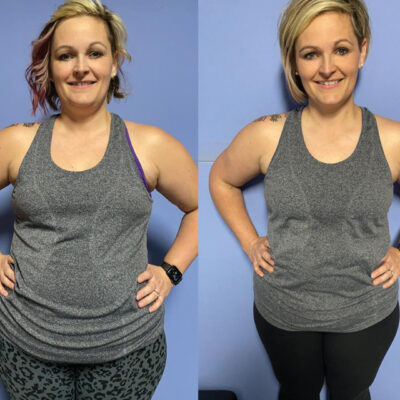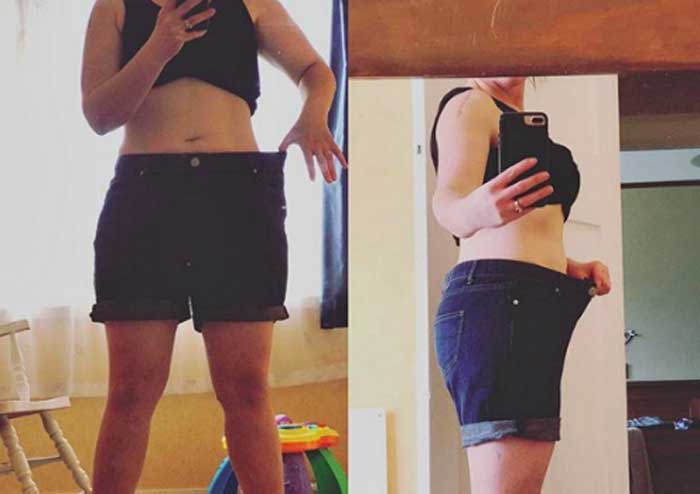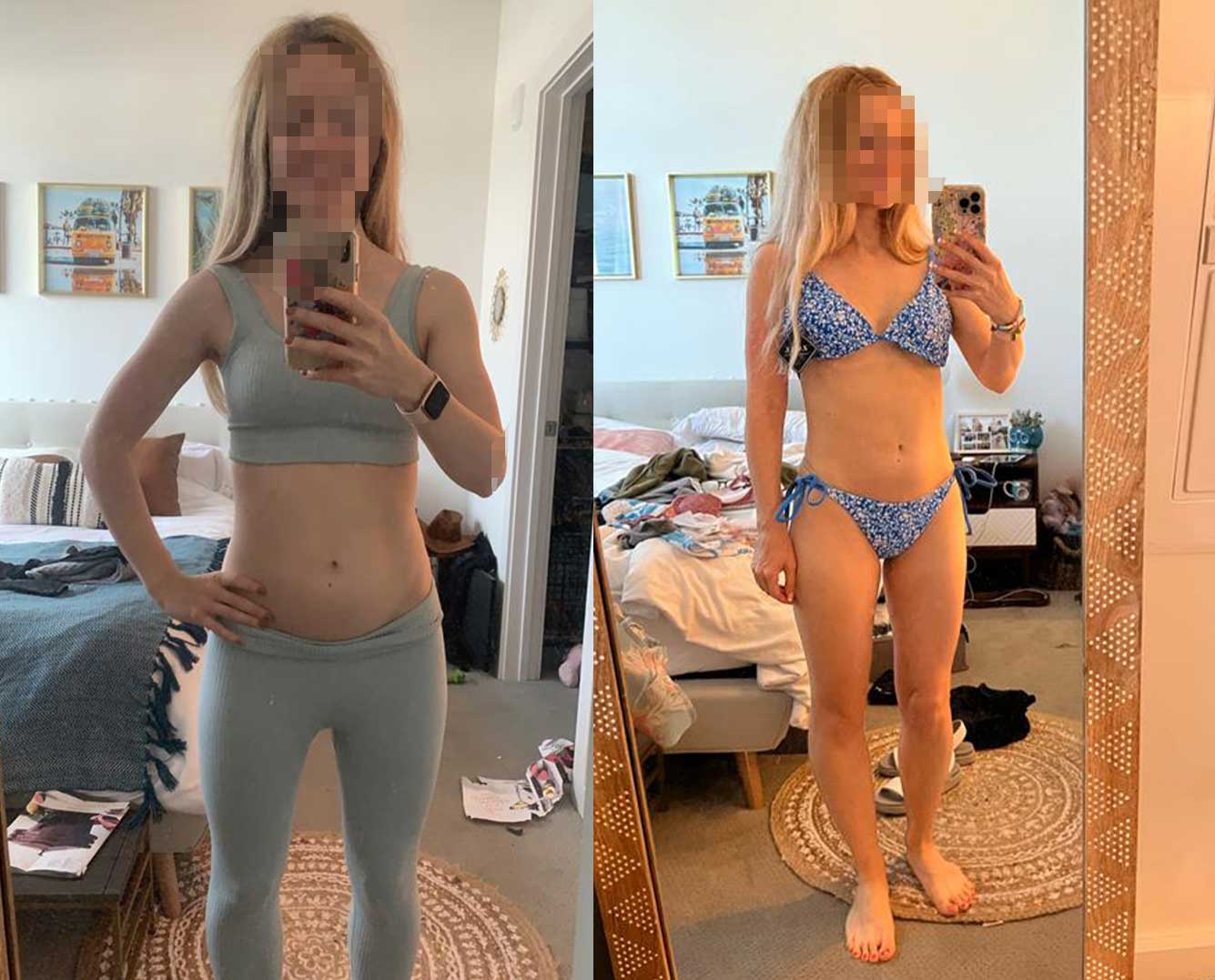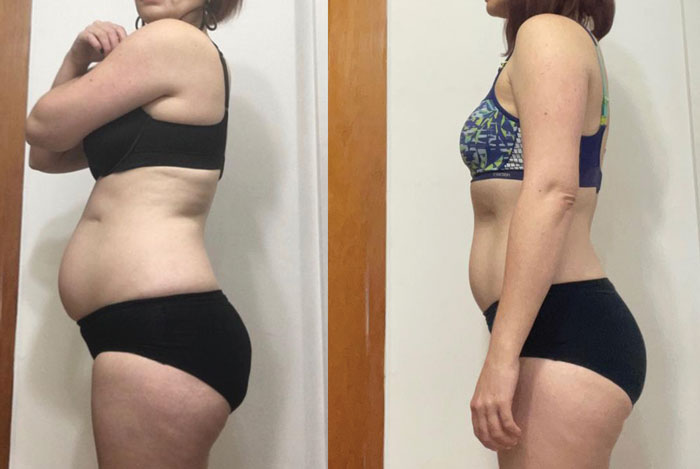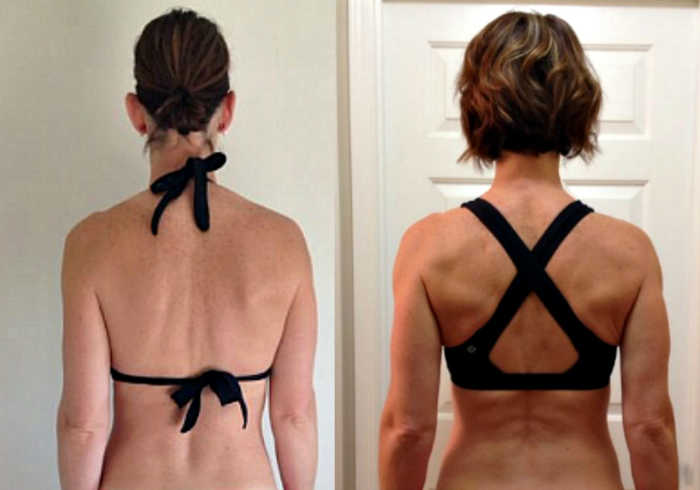What Is Reverse Dieting?
Reverse dieting is the opposite of a diet. With reverse dieting you slowly increase the amount of calories you are able to eat while maintaining your new weight. It’s a way to rebuild your metabolism after dieting.
Why reverse diet?
Once you hit your goal weight, you might mistakenly think that all your hard work is done. In reality, what you do after your diet is equally important. You can’t just stop dieting once you’ve reached your goal.
If you want to keep the weight off you either need to continue eating less, or you need to train your body to eat more. That’s what reverse dieting does. It’s the step you take after you reach your goal weight.
Reverse dieting is the diet after the diet – that helps you transition to a more normal calorie intake and keep weight off once you’ve lost it.
Why You Should Reverse Diet And Eat More
In the long run, you want to be able to eat more. For example, I’ve been able to reverse diet so that I can eat at least 500 calories more than I did when I was dieting.
To put that in perspective, 500 calories is a fairly sizeable meal. So I get to eat the equivalent of one meal more every day! Rebuilding your metabolism gives you the flexibility to eat more of the things you love without regaining the weight you’ve lost.
Not only does eating more make life more enjoyable but it’s better for your health too. It’s difficult to meet your nutrition needs when you are dieting because you aren’t consuming enough food.
Unfortunately, you can’t just add in 500 calories the day you hit your target weight. Step-by-step you slowly add calories and allow your metabolism time to adjust to this new level of calories, and then you can add more. This is why reverse dieting takes time, patience and dedication to monitoring your calories closely.
How To Reverse Diet
First, you should know that there’s not a lot of research behind reverse dieting (but that doesn’t mean it won’t work). What we know about it comes mainly from anecdotal evidence – personal stories from others who have successfully used reverse dieting.
Reverse dieting involves slowly adding in calories to fix some of metabolism adaptations that happened in your body when you dieted. The goal is to be able to eat more than you did when you dieted without regaining all the weight you lost.
Reverse dieting involves:
- slowly increasing calories (usually on a weekly basis),
- seeing how your body responds, and
- adjusting accordingly.
Here’s what that might look like:
Once you are confidently maintaining your new weight, you can start to reverse diet by adding in 100-200 extra calories per day for the first week or two and seeing how your body responds.
Usually the extra calories will come from adding in carbohydrates (yay more carbs!).
Ideally you will be able to eat just a little bit more every week (ie. 100 calories per day) without gaining weight. You make weekly adjustments based on your weight. If you aren’t gaining weight, you can add in another 100 calories. If you are gaining weight, you can hold at that calorie level and assess whether it’s real weight gain or just a fluctuation.
Keep in mind that you aren’t going to gain a lot of weight if you have only increased your intake of calories by 100 calories per day (or 700 calories per week). Massive fluctuations in weight are probably due to something else other than the extra calories. It can take some time to figure out if the reverse diet is working if you are someone who has a lot of fluctuations during the month.
To successfully reverse diet you must:
- measure and track all your food using an app like MyFitnessPal
- stick to your daily calorie target
- know your monthly patterns of weight loss and gain so you can identify real weight gain versus monthly fluctuations
- be committed to the process and be prepared for it to take time.
Most women should work with a coach who understands reverse dieting. It’s also likely that the longer you’ve dieted, the longer you are going to need to reverse diet (and the more help you’ll need).
My Reverse Diet Results
I tracked my own reverse diet so you could better understand how it works. You can check out the results below. To help you understand, here’s what the time period looked like (about 6 months total):
Weight loss (63.8 to 61 kg) – Reverse diet – Maintenance phase (61 kg) – Weight loss (61 to 59 kg) – Reverse diet
Starting Point:
Initial weight (when I started losing weight): 63.8 kg / 140 lbs
Daily calories (for weight loss): 1900 to 2100/day
Daily carb intake: 180-200g/day
End Result (6 months later):
Final weight: 59 kg / 130 lbs
Final calories: 2400
Final daily carb intake: 260-300g/day
What’s pretty cool about this? I’ve lost 4 kg / 10 lbs but I’ve gained around 300 to 500 extra calories per day.
If you really want to get into it, here’s a more in-depth record of my reverse diet:
Week 1
Calories: 2100 everyday except Saturday (2400), at this point my carbs ranged from 180-200g per day
Weight: holding at 61 kg
Week 2
Calories: 2200 everyday except Saturday (2500)
Weight: holding at 61 kg
Week 3
Calories: 2200 to 2300 depending on how hard I trained that day except Saturday (2600)
Weight: 61.5 kg (this probably means I’m maintaining 61 kg because I always gain weight midcycle, not worried about the extra 500g)
Week 4
Calories: 2300 everyday except Saturday (2500), carbs are 210-220g per day
Weight: 61.5 kg then a jump up to 62 kg on Friday, this is my normal monthly pattern so I’m sure I’m still on track (by Sunday back down to 61.5 kg).
Week 5
Calories: 2400 everyday including Saturday except 2 non-training days (2200)
Weight: Dropped back down to 61 kg
I stopped reverse dieting at Week 5 because I had a photoshoot and Christmas holidays coming up (my goal was maintaining my new weight over the holidays).
After the holidays, I wanted to lose a bit more weight so I dropped my calories to 2200 per day. Remember – the first time I started losing weight I actually had to drop my calories to between 1900 and 2100. But because I had reverse dieted I could now lose weight eating more food than before.
I added in some long walks three times per week (between 45-60 minutes), and reached my current weight of 59 kg or 130 lbs within about 6 weeks.
Once I reached 59kg I started reverse dieting again, and it took me about 4 weeks to reach 2400 again as my maintenance level of calories.
Currently I weigh 59.9 kg / 132 lbs most days, and I eat 2400 calories, with about 260-300g of carbs per day.
Reverse Dieting Benefits
1. Eating More While Staying Lean
The most obvious benefit of reverse dieting is being able to eat more food while maintaining your new weight. More often than not, women who lose weight regain it – and even end up heavier than before. Reverse dieting will help prevent this because it builds you back up to a normal calorie intake after losing weight.
2. Better Thyroid Function
Dieting negatively affects thyroid function so it makes sense that reverse dieting will be good for your thyroid.
You may not be able to get a thyroid blood test before and after your diet but you can actually easily monitor your thyroid function by taking your basal body temperature every morning. Basal body temperature reflects thyroid function and thyroid function is negatively affected by dieting. If dieting has negatively affected your thyroid, you may see low and erratic temperatures in the morning.
When I was losing weight my basal body temperature was low, even getting down to 35.9C some mornings. After about two weeks of reverse dieting, my basal body temperature stabilized at 36.4C. Later on in the reverse diet, when I was able to raise my carbs up to 260g or more per day, my basal body temperature went up to 36.5C. (Note: These temperatures are in the follicular phase of my cycle when temperature is lower).
3. More Energy And Strength
When your calories are low, your energy and strength will be lower too. This is one of the ways your body compensates for not getting enough calories when you are dieting. Most people will notice a significant increase in energy and strength when they bring their calories up to a normal level again.
Personally, I have a lot more energy when I’m eating 2400 calories. My mood is better and more stable, and I’m stronger in the gym.
You’ve reached your goal weight – now what?
Once you’ve reached your goal weight you might think all the hard work is done. But what you do at this point is crucial. I know you’ll be tempted to stop counting calories and relax at this point. But, remember, the “diet after the diet” is equally important and it needs to start as soon as you start losing weight. You can’t just relax for a while and think you will start reverse dieting later.
I’ve talked about “fat overshooting” in previous articles and how more often than not women who have been on diets end up heavier than they were before. Reverse dieting means you will be more likely to keep the weight off because you can eat more without gaining weight.
If you have a history of dieting and eating low calorie, it will be a longer process. Reverse dieting takes dedication and patience but if you’ve put in the hard work to lose weight, it’s worth the effort to keep it off.


